BLOG
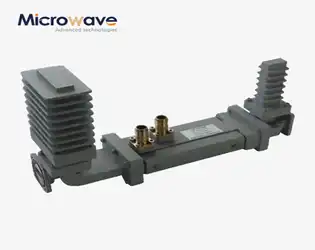
High Power Waveguide Differential Phase Shift Isolators: Meeting stringent MIL-SPEC Requirements
September 15, 2025
In today's demanding defense and aerospace applications, system failures due to unwanted signal reflections can result in catastrophic mission failures, equipment damage worth millions of dollars, and compromised operational effectiveness. The High Power Waveguide Differential Phase Shift Isolator emerges as a critical solution addressing these pain points, providing unparalleled protection for high-power microwave systems while meeting the most stringent Military Specifications (MIL-SPEC). This comprehensive guide explores how these advanced components deliver exceptional performance standards essential for mission-critical defense applications, ensuring optimal signal integrity and system reliability in the harshest operational environments.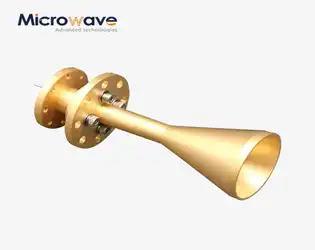
Your OEM Partner for Custom Conical Circular Polarization Horn Antenna Solutions
September 15, 2025
In today's rapidly evolving telecommunications landscape, engineers and system integrators face mounting pressure to deliver reliable, high-performance communication solutions while managing tight budgets and aggressive timelines. The challenge becomes even more complex when dealing with specialized applications requiring precise signal integrity, such as satellite communications, aerospace defense systems, and advanced radar installations. These critical applications demand antenna solutions that can maintain consistent performance across wide frequency ranges while providing the circular polarization characteristics essential for optimal signal transmission. The Conical Circular Polarization Horn Antenna emerges as the definitive solution for these demanding scenarios, offering unparalleled reliability and customization capabilities that address the most stringent technical requirements in modern microwave communication systems.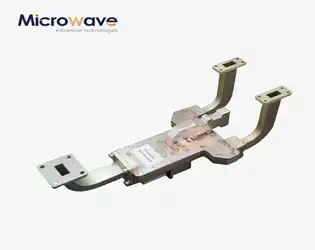
Magic Hybrid Tee: 4X More Efficient Signal Splitting
September 12, 2025
In the rapidly evolving landscape of microwave technology, the Magic Hybrid Tee stands as a revolutionary component that transforms signal distribution efficiency across critical applications. This advanced four-port coupler delivers unprecedented performance improvements, offering up to four times more efficient signal splitting compared to conventional alternatives. The Magic Hybrid Tee's sophisticated design enables precise power division and combining capabilities essential for modern satellite communications, defense systems, and aerospace applications. With its unique ability to provide both in-phase and out-of-phase outputs depending on input configuration, this cutting-edge component addresses the growing demands for reliable signal integrity in high-frequency environments. Advanced Microwave Technologies Co., Ltd leverages over two decades of expertise to manufacture these precision-engineered devices, ensuring optimal performance across frequency ranges from 1 GHz to 110 GHz while maintaining strict quality standards.
Low Insertion Loss Waveguide Bandpass Filters for RF Systems
September 12, 2025
In the rapidly evolving world of RF and microwave communications, the demand for high-performance filtering solutions has never been more critical. Low insertion loss waveguide bandpass filters represent a cornerstone technology that enables efficient signal transmission while maintaining superior selectivity and minimal power loss. These sophisticated components serve as essential building blocks in satellite communications, radar systems, aerospace applications, and defense networks where signal integrity and system performance are paramount. The Waveguide Bandpass Filter technology has revolutionized how RF systems manage frequency selectivity, offering unmatched performance characteristics that traditional coaxial filters simply cannot achieve. As frequency requirements continue to push into higher bands and system specifications become increasingly stringent, the role of low insertion loss waveguide filters becomes indispensable for maintaining optimal system performance across diverse applications.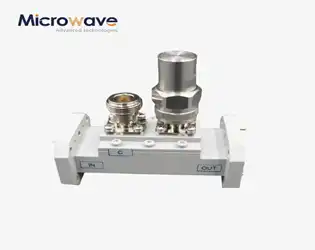
Double-Ridged Waveguide Loop Couplers: Reliable Power Sampling for Microwave Systems
September 12, 2025
In today's demanding microwave environment, engineers face a critical challenge: how do you accurately monitor power levels without disrupting signal integrity or introducing unwanted losses? Traditional coupling methods often fall short when dealing with broadband applications or high-frequency systems, leaving engineers struggling with measurement accuracy and system performance. The Double-Ridged Waveguide Loop Coupler emerges as the definitive solution, offering unparalleled power sampling capabilities across extensive frequency ranges while maintaining exceptional signal fidelity. This advanced microwave component addresses the fundamental need for precise power monitoring in satellite communications, aerospace systems, and high-performance radar applications where even minimal signal degradation can compromise mission-critical operations.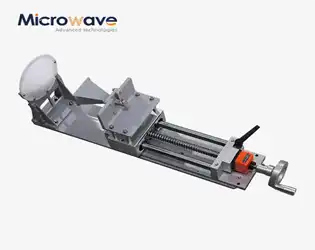
Feed Fired Lens Antenna: High-Performance RF Solutions
September 10, 2025
In the rapidly evolving landscape of microwave technology, the Feed Fired Lens Antenna stands as a revolutionary solution that transforms how we approach high-frequency signal transmission and reception. This cutting-edge antenna technology represents a significant advancement in electromagnetic engineering, offering unparalleled performance across diverse applications from satellite communications to aerospace defense systems. By utilizing innovative feed-fired lens design principles, these antennas achieve superior beam shaping capabilities and enhanced signal clarity that traditional antenna systems simply cannot match. The Feed Fired Lens Antenna integrates sophisticated electromagnetic theory with practical engineering excellence, delivering robust performance characteristics that meet the demanding requirements of modern RF applications while maintaining exceptional reliability and cost-effectiveness.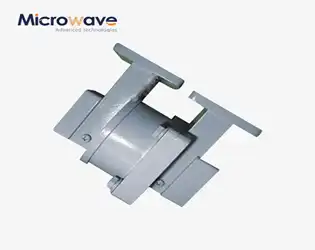
Engineer's Choice: High-Power Waveguide Rotary Joint for Demanding Military Applications
September 10, 2025
Picture this: It's a critical defense mission where every second counts. Your radar system needs to track multiple high-speed aerial threats simultaneously while maintaining precise communication with command headquarters. Suddenly, your waveguide transmission experiences signal degradation due to rotating antenna movement. Mission failure is not an option. This is where the Waveguide Channel Rotary Joint becomes the lifeline that ensures seamless signal transmission between stationary and rotating components, delivering the reliability military applications demand. In today's battlefield scenarios, engineers require robust, high-performance solutions that can withstand extreme environmental conditions while maintaining signal integrity. The Waveguide Channel Rotary Joint represents the pinnacle of military-grade engineering, designed specifically to address the critical pain points of defense communication systems where failure means compromising operational success.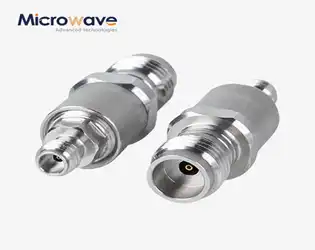
Seamless Transitions: Between-Series Coaxial Cable Adapters for Hybrid Systems
September 10, 2025
In today's complex RF and microwave environments, engineers constantly face compatibility nightmares when integrating different connector series within hybrid systems. Picture this: you're designing a critical satellite communication network where legacy equipment uses BNC connectors while new components require SMA interfaces, and signal integrity cannot be compromised. This scenario is where Coaxial Cable Adapter technology becomes indispensable. These sophisticated connectivity solutions bridge the gap between different connector families, ensuring seamless signal transmission across heterogeneous systems while maintaining optimal performance characteristics throughout the entire signal path.




